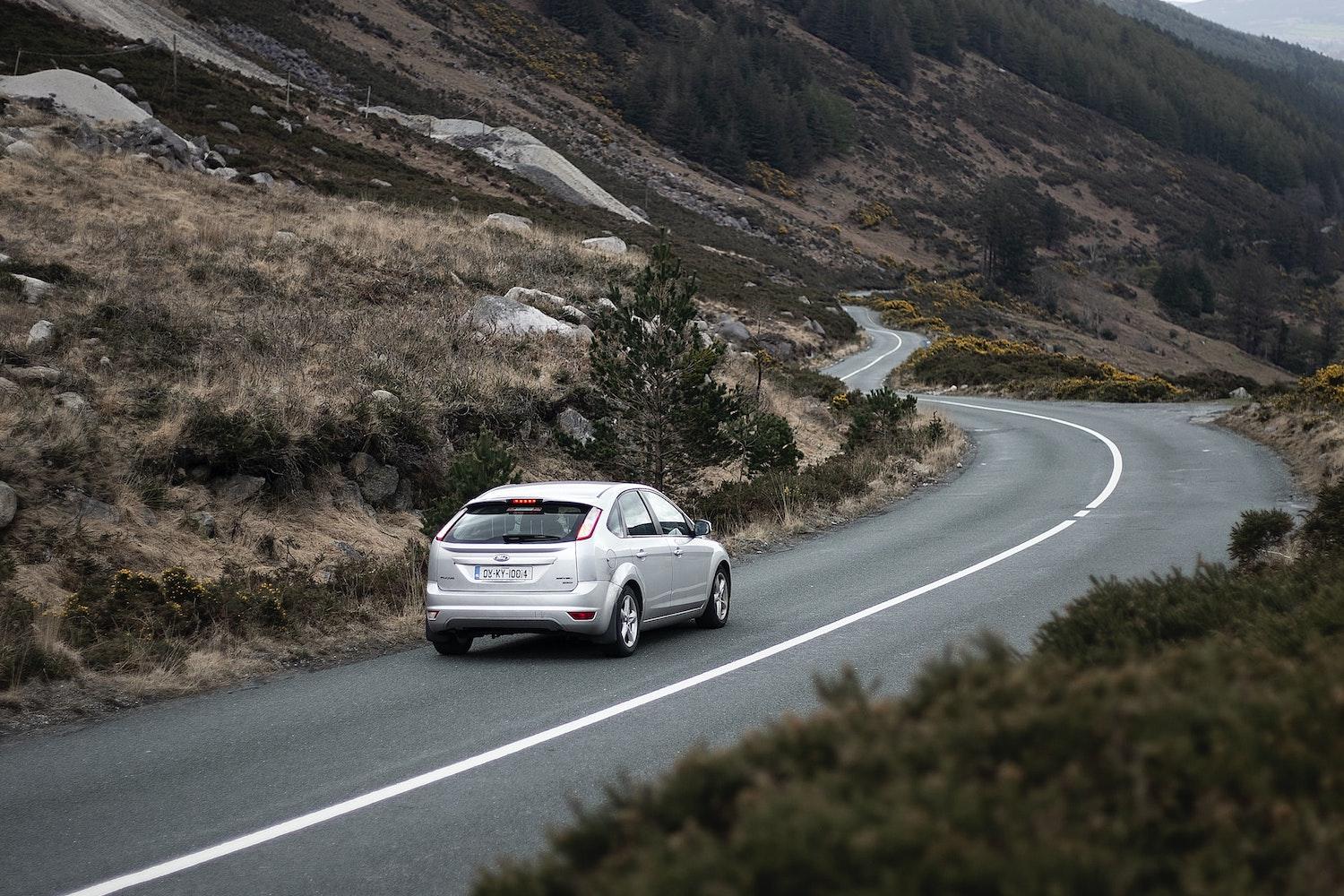
Thermogravimetric methods with internal polymer standards have successfully quantified environmental tire and road wear particle (TRWP) concentrations. However, TRWP quantification in environmental matrices via pyrolysis-gas chromatography-mass spectrometry (py-GC-MS) using butadiene rubber (BR) and styrene-butadiene rubber (SBR) may be uncertain because of variable polymer compositions and BR and SBR microstructures.
The study sought to determine if tire polymer microstructure is contributing to potentially over- or underestimating TRWP in the environment in py-GC-MS analyses.
Findings suggest that py-GC-MS response should be interpreted based on empirical analysis of an appropriate number of regionally representative tire tread materials, rather than individual rubbers, because of the lack of methods available for determining unknown average microstructure in environmental samples.








